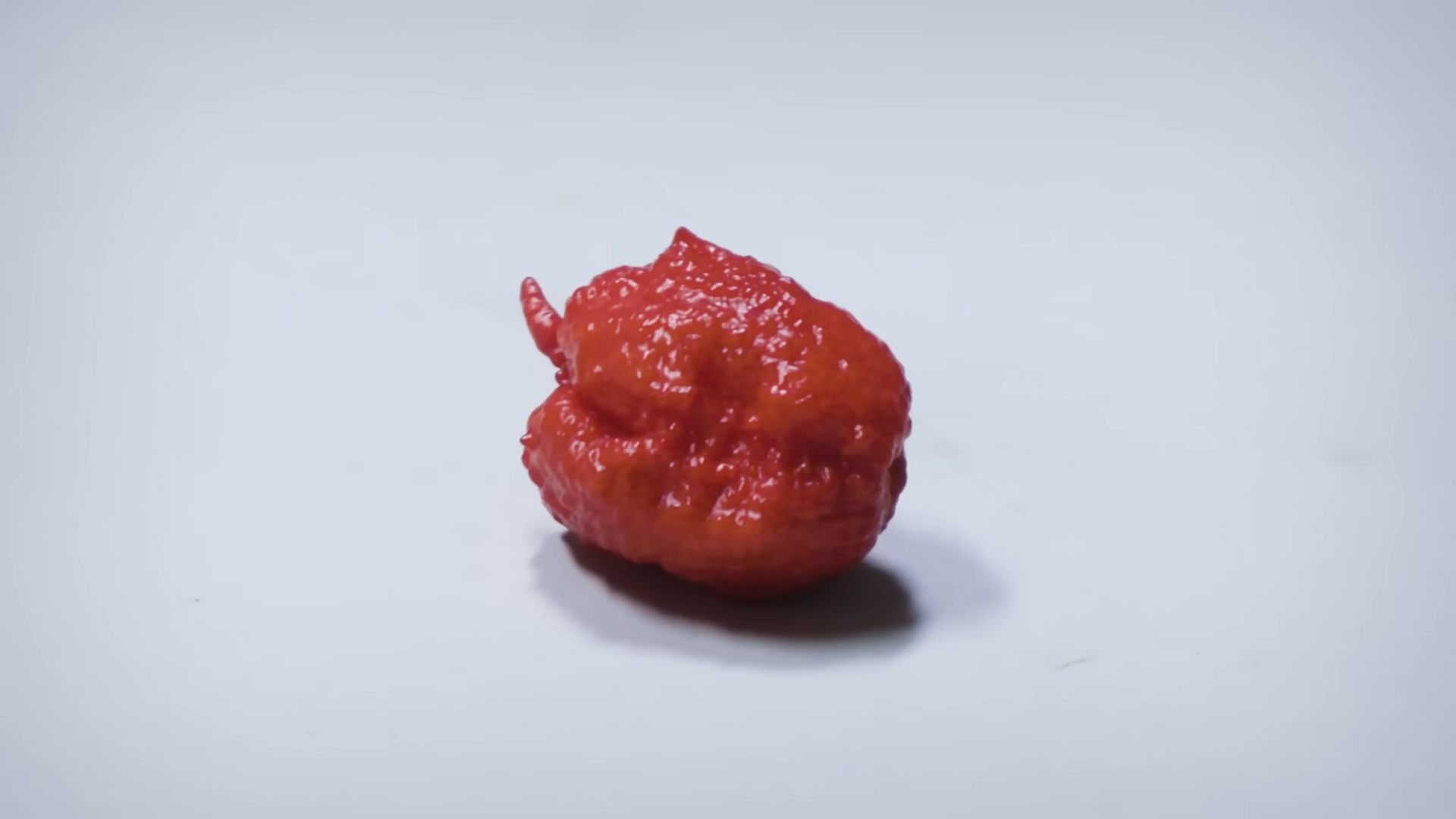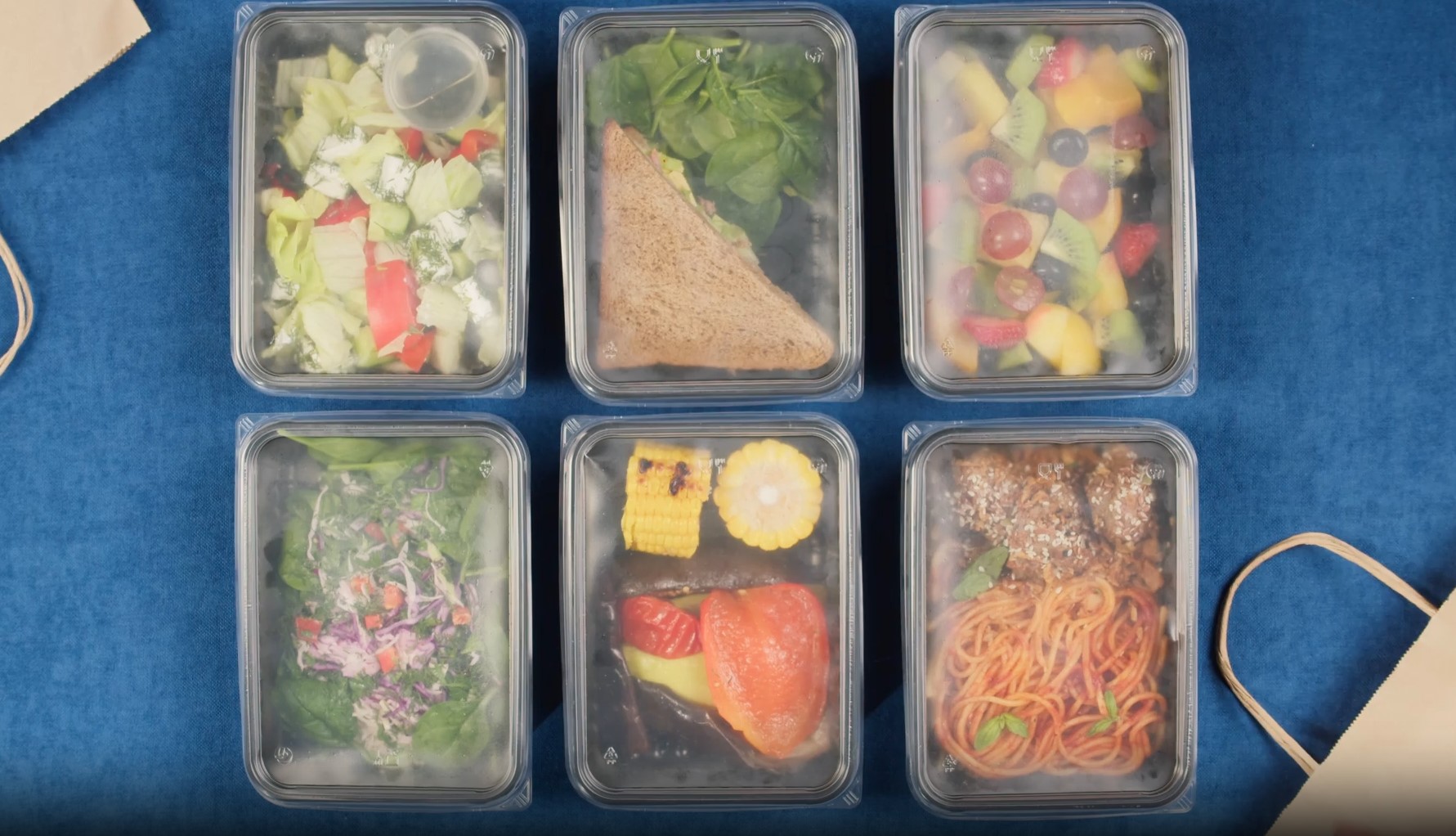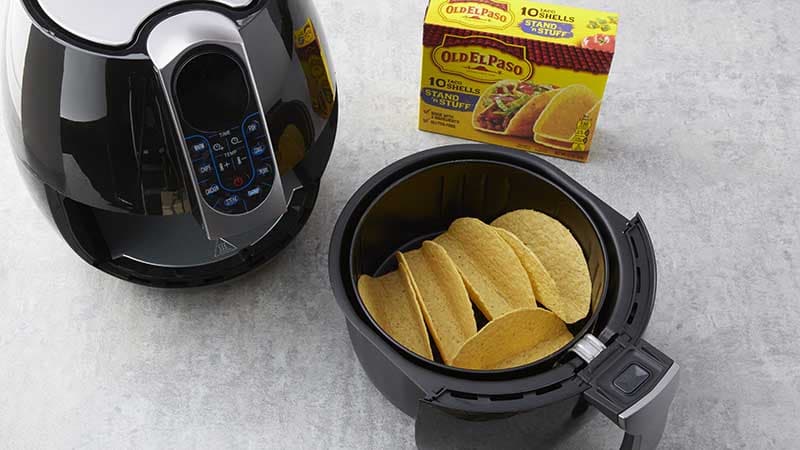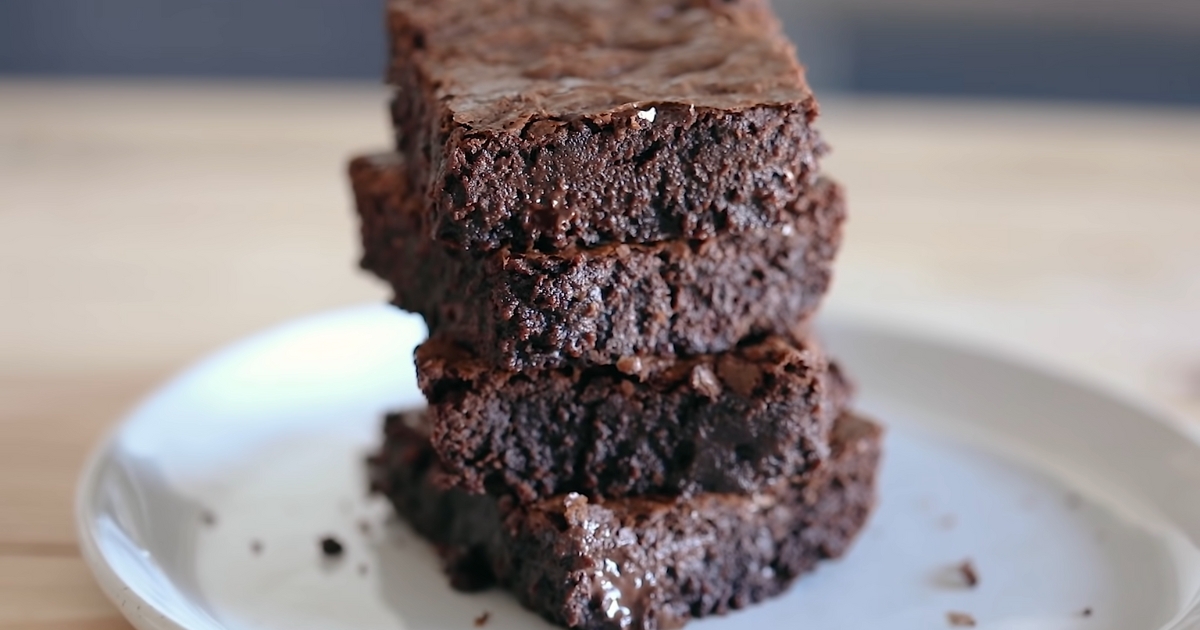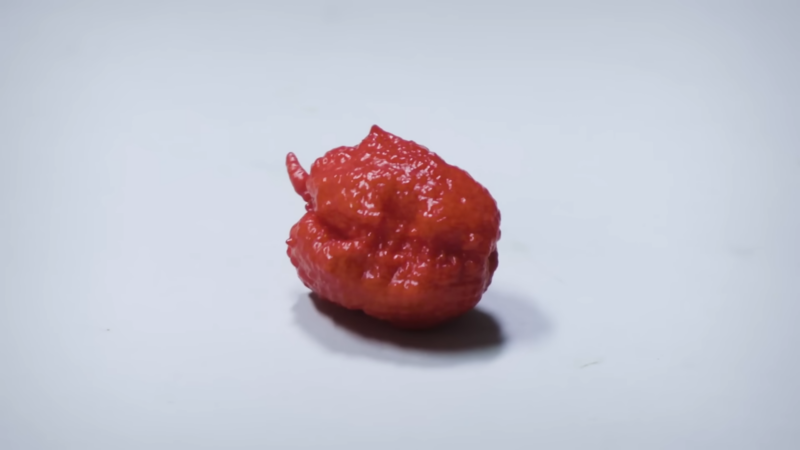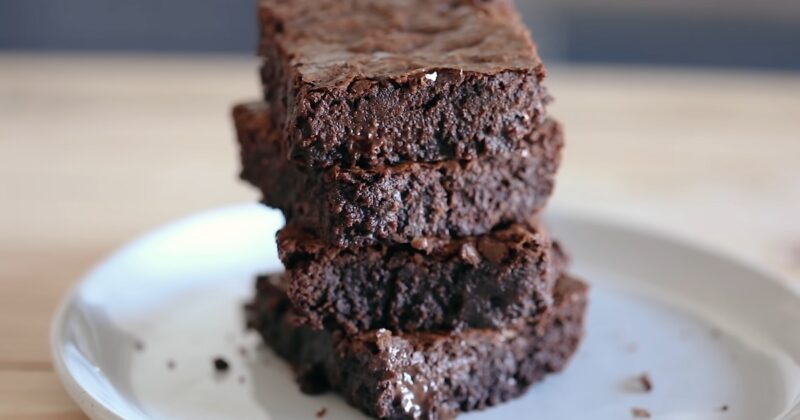
I am a huge fan of diners. The retro theme, the food, everything. One night, after finishing my favorite cheeseburger, I decided to try something new for dessert. That’s when I saw “malts” on the menu.
Malted beverages and shakes have long been beloved treats enjoyed by people of all ages. They offer a delightful combination of flavors, textures, and nostalgic charm. But what exactly sets them apart?
We will delve into the world of malted beverages and shakes, exploring their origins, ingredients, flavors, textures, and cultural significance. Understanding the differences between the two not only enhances our appreciation for these delightful treats but also allows us to make informed choices based on personal preferences.
So, let’s embark on a flavorful journey and discover what makes each of them unique!
Table of Contents
ToggleWhat is a Malt?
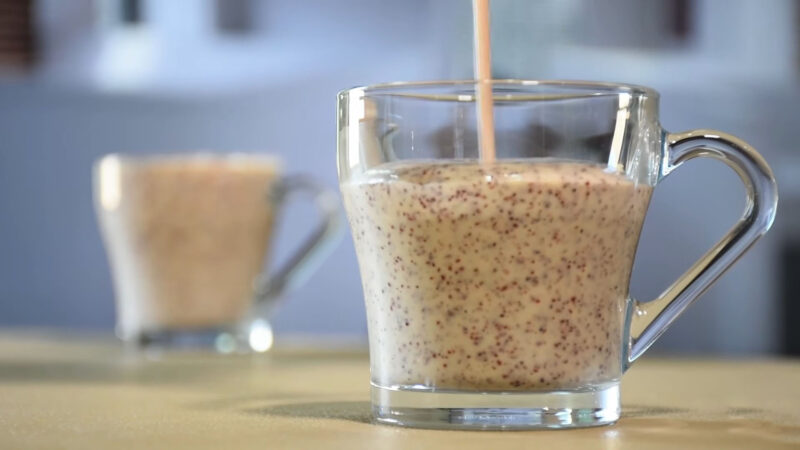
It is a beverage made by combining malted milk powder with milk or water. The powder is derived from sprouted barley that has been dried, ground, and mixed with wheat flour and powdered milk.
The powder adds a unique flavor and texture to the beverage, creating a distinctive taste that is both creamy and slightly malty.
These beverages gained popularity in the late 19th century as a nutritious supplement. They were initially used for medicinal purposes and later became a popular choice at soda fountains and ice cream parlors.
What is a Shake?
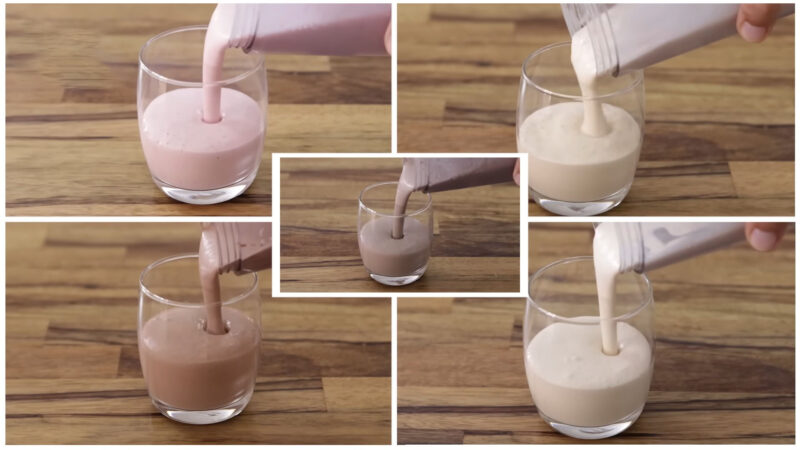
Shakes, on the other hand, encompass a broader category of blended beverages.
This beverage, in contrast to smoothies that are usually lighter, is made by blending ice cream or frozen yogurt with milk or other liquids to obtain a thick and creamy consistency.
Shakes come in various forms, including milkshakes, protein shakes, and fruit shakes. Each type has its own unique flavor profile and purpose. They offer an extensive range of flavors and ingredient combinations.
Ingredients and Preparation
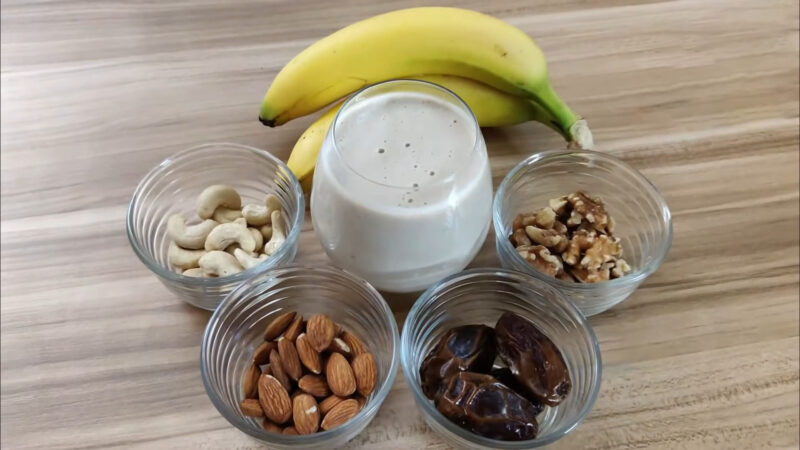
Comparison of Ingredients: Malt primarily relies on the powder for its distinctive flavor, while shakes use ice cream or frozen yogurt as the base ingredient. Other flavorings, such as syrups, fruits, or extracts, can be added to both of them.
Use of Malted Milk Powder: It creates a unique flavor profile, adding depth and richness to the drink. In contrast, the use of ice cream in a shake provides creaminess and contributes to the overall flavor.
Differences in Preparation Methods: Malt preparation typically involves dissolving the powder in milk or water and whisking until smooth. In contrast, making a shake involves blending ice cream or frozen yogurt with milk and other desired ingredients until creamy and well combined.
Texture and Consistency
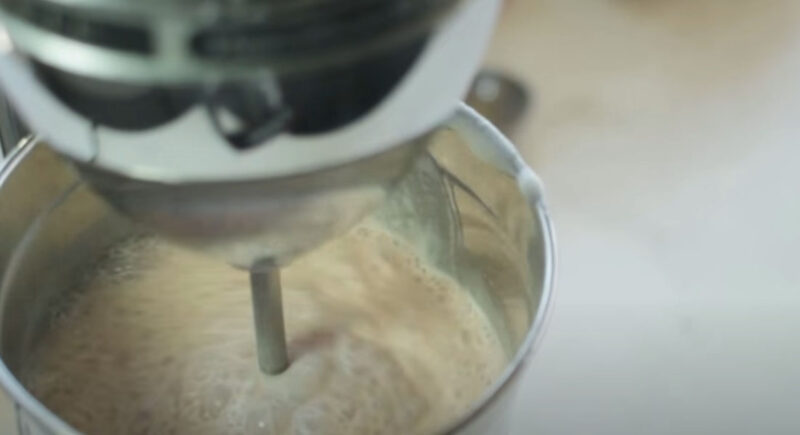
One of the most noticeable differences between malt and shake lies in their texture and consistency.
A malt has a thick and velvety texture, thanks to the powder. It is creamy and smooth, with a slight graininess that adds a lovely mouthfeel.
A traditional shake boasts a rich and creamy texture, thanks to the use of ice cream or frozen yogurt. It is smooth, with a luxurious consistency that is easy to sip through a straw.
The choice of ingredients, especially the powder in a malt and ice cream in a shake, greatly contributes to the contrasting textures. Additionally, the preparation methods and blending techniques influence the final texture of both beverages.
Flavor Profile
The flavor profile is where these two truly shine, offering unique taste experiences.
A malted beverage exhibits a distinct flavor that is both creamy and slightly malty. The powder imparts a subtle sweetness and a rich, toasted note, elevating the overall taste.
Shakes offer a vast array of flavors limited only by imagination. From classic chocolate and vanilla to fruity concoctions and innovative combinations, shakes cater to diverse taste preferences.
The choice of ingredients, such as flavored syrups, extracts, or fruits, significantly impacts the flavor profile of both beverages..
Serving Styles and Presentation
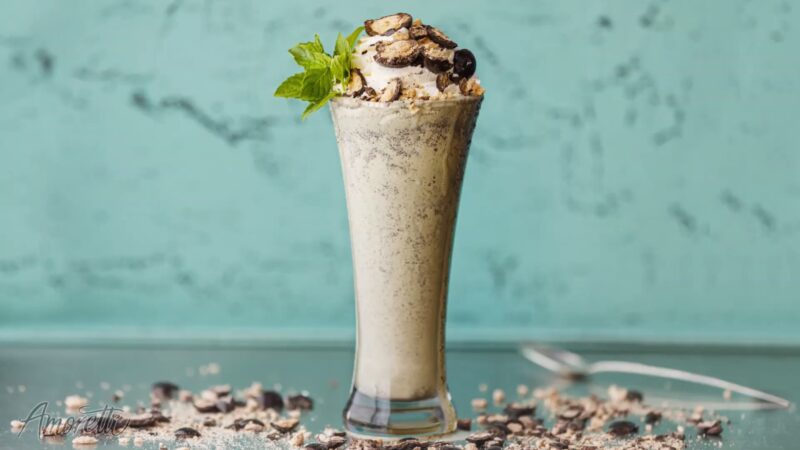
Malt is often served in a tall glass, accompanied by a straw and a long-handled spoon. This presentation allows for sipping the drink through the straw while enjoying the malted powder residue with a spoon.
Shakes can be served in a variety of ways, including classic soda fountain glasses, milkshake cups, or even quirky mason jars. Garnishes like whipped cream, sprinkles, chocolate shavings, or cherries add visual appeal and make it an Instagram-worthy delight.
They both benefit from appealing aesthetics. The presentation of the beverage enhances the overall experience, making it visually enticing and adding to the enjoyment.
Popularity and Regional Variations
They have gained popularity in different regions and cultures.
Historical and Cultural Popularity of Malts: They have strong associations with American soda fountains and ice cream parlors, evoking nostalgic memories. They remain popular in certain regions and are often associated with classic diners and family-friendly establishments.
Global Popularity and Variations of Shakes: They have become a global phenomenon, beloved by people worldwide. Each country and culture puts its unique spin, incorporating local flavors and ingredients to create delightful variations.
Regional Preferences and Unique Recipes: Regional preferences and local ingredients contribute to unique malt and shake recipes, like Horlicks in the United Kingdom or fruit shakes in Southeast Asia.
Nutritional Differences
Protein shakes, commonly used for workout recovery or dietary supplementation, contain higher protein levels due to the addition of protein powder. This makes them an attractive option for those seeking a protein boost. In contrast, malted beverages prioritize flavor and texture, with less emphasis on protein content.
In contrast, malted beverages prioritize flavor and texture, with less emphasis on protein content.
The nutritional content of malt and shake should be taken into account based on individual dietary restrictions and health goals. Those with specific dietary requirements, such as lactose intolerance or dietary restrictions, may need to opt for alternative ingredients or modifications.
Cultural Significance and Associations
Cultural associations and nostalgia play a significant role in the perception of malt and shake. Malts are often associated with nostalgia, evoking memories of childhood trips to soda fountains or cherished moments shared with loved ones. Their cultural significance adds an emotional connection that heightens the enjoyment.
Shakes, particularly milkshakes, hold a special place in American culture, prominently featured in diners and fast food chains. They are often associated with indulgence, fun, and a quintessential part of the American dining experience.
Pop culture and media have also played a role in shaping the perception of malt and shake. Iconic movie scenes featuring characters enjoying a shake or the mention of malt in literature and music have perpetuated their allure and cultural significance.
Preference and Personal Choice
Personal preference for malt or shake is influenced by various factors, including taste preferences, texture preferences, nostalgia, cultural background, and even the desired level of indulgence.
FAQs:
Can you enjoy them if you’re lactose intolerant?
Yes, there are lactose-free and dairy-free options available for both of them, allowing those with lactose intolerance to still enjoy these delightful beverages.
Can you make a malted shake by combining the two together?
Definitely, it is achievable. One way to accomplish this is by incorporating malted milk powder into a shake or blending malt with ice cream, which is also a product with an extensive past, resulting in a distinctive combination.
Can they be made with alternative sweeteners?
Yes, they can be sweetened with alternative sweeteners like honey, maple syrup, or artificial sweeteners, depending on individual preferences.
Can shakes be made without dairy?
Yes, they can be made without dairy by using non-dairy alternatives like almond milk, soy milk, or coconut milk, and using non-dairy ice cream or frozen yogurt.
Which one is typically sweeter?
Malted beverages, due to the powder, tend to have a slightly sweeter flavor, although the sweetness can vary depending on the ingredients used.
Conclusion
In the delightful realm of malt and shake, there is no definitive winner. The distinction between the two lies in their ingredients, flavors, textures, and cultural significance.
While the former capture the essence of nostalgia and offer a unique malted flavor, the latter indulge us with a creamy and diverse range of flavors. Understanding the differences allows us to appreciate each beverage for its individual merits.
So, whether you prefer the creamy allure of a classic shake or the malty charm of a timeless malt, embrace the diversity and enjoy the journey through these beloved indulgences.
Cheers to the delightful world of malt and shake!
Related Posts:

